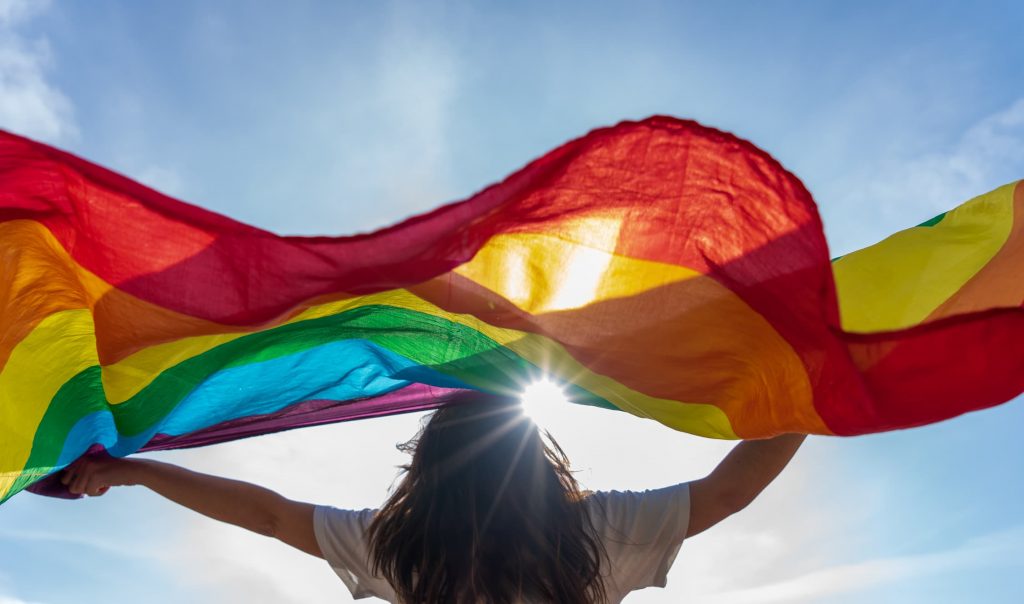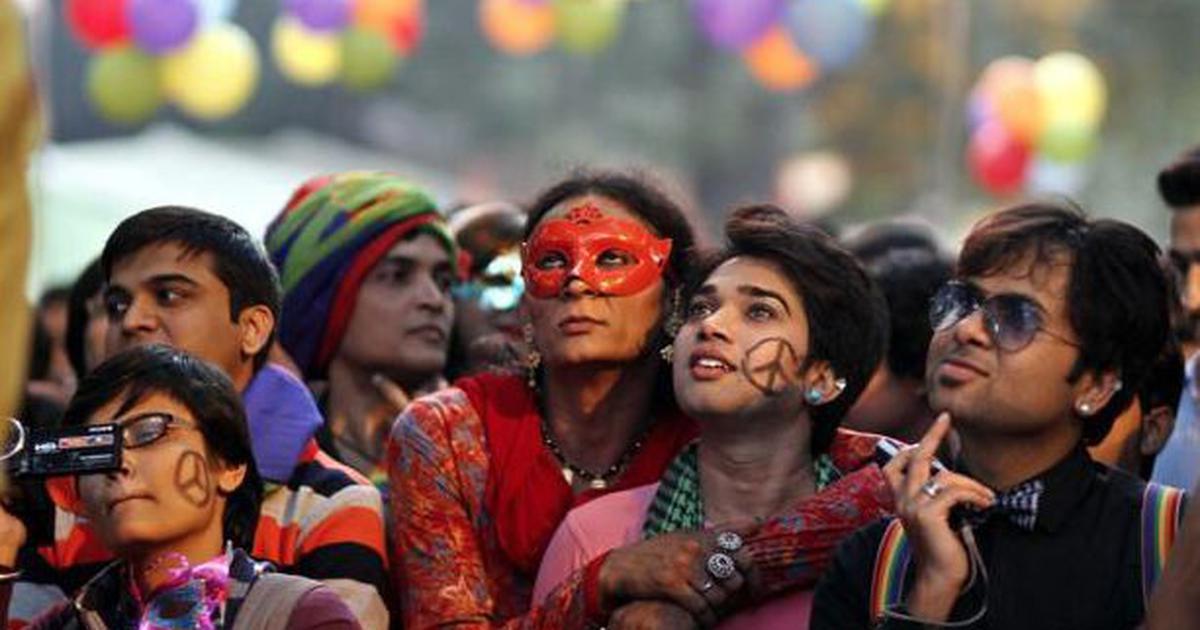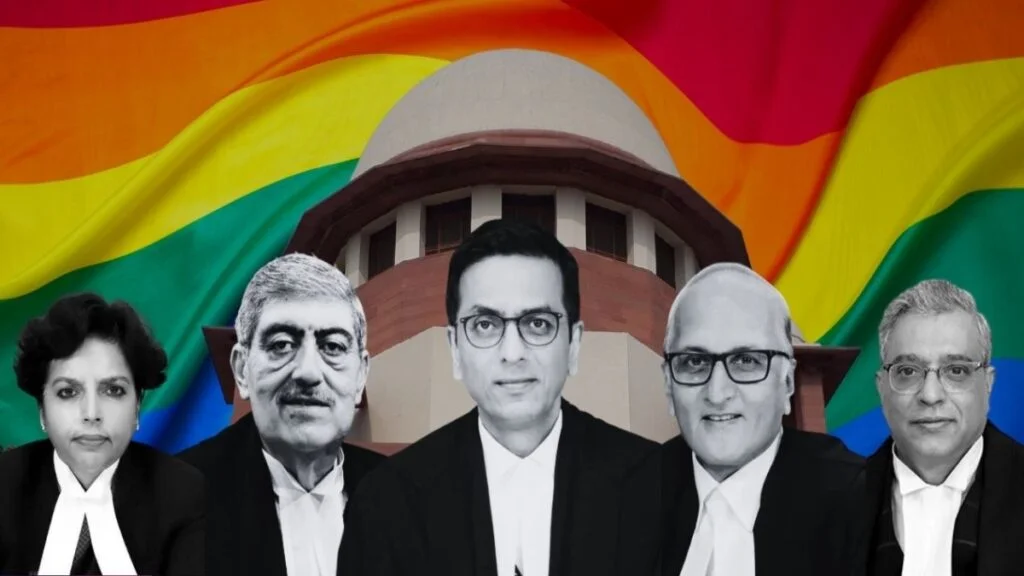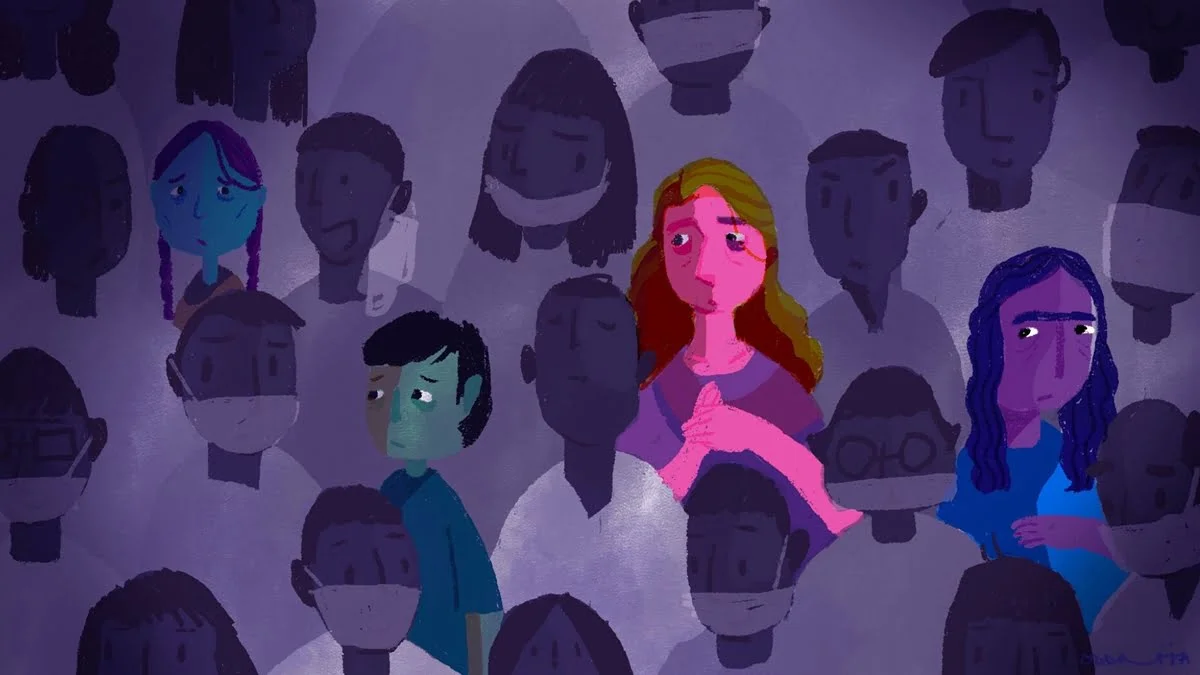The Supreme Court of India rejected petitions seeking legal recognition for non-heterosexual marriages on Oct 17, 2023. Dinesh Sharma argued that marriage equality eludes same-sex couples in India, indicating the presence of public-policies and nation-state regulations that deny queer communities fundamental human rights.
Sharma stated that a five-judge bench led by Chief Justice D Y Chandrachud ruled that, ‘it was the prerogative of the legislature to decide if non-heterosexual marriage should be recognized in marriage laws’. However, the legislature, through negotiations with the need to grant marriage right, had opposed the creation of a pro-queer, pro-humanist public policy by suggesting that as expressed by Sharma, ‘a valid marriage is only between a biological male and a biological woman’.
However, the codification of religious values in these parliamentary justifications seem to weaponise a limited understanding of what religion in India stand for, as anti-queer.
The Central Government who, through the ruling, had the ability to charter the course of Indian history when it comes to pro-queer public-policies believed that, as stated by Sharma, ‘any equality for same-sex couples is against religious values and that queer gender identities are predominantly present only in urban areas and among the elite sections of society’.
However, the codification of religious values in these parliamentary justifications seem to weaponise a limited understanding of what religion in India stand for, as anti-queer. Disappointingly, without legal recognition as married partners, same-sex couples cannot afford various financial and material benefits, nomination of a spouse for pension payments, medical insurance proceeds, tax benefits, adoption rights and more.
Infact as argued further through the presence of various queer identities in ancient scriptures, it is vital to note that pro-queer public-policies are not against religious values, as much as they attempt to challenge colonial values that have been internalised by the Indian society. These are the same scriptures that leaders of the central government swear by for political propagandas and controversially employ to uphold anti-queer policies.
These are the same scriptures that leaders of the central government swear by for political propagandas and controversially employ to uphold anti-queer policies.
We need to question the presence of wide-spread intolerance for queer existences in India which in turn promote legislative resistance towards the sanctioning of public-policies that protect them.
How are intolerant public-policies created?
Public-policies regarding the existence and safe-guarding of queer communities in India have historically and continually been influenced by inflictions of intolerant colonial philosophies. British colonialism with all the spatial, economic and material violence it perpetuated, also created ideological shifts within communities it annexed.
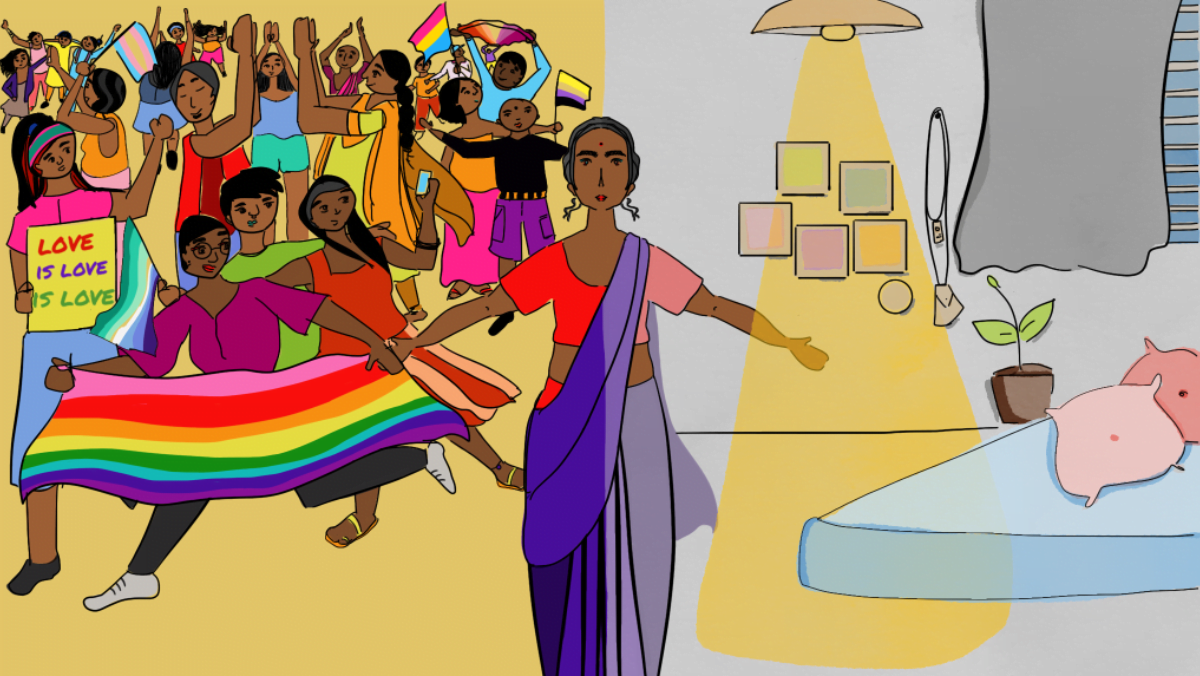
Colonisers perpetuated philosophies of non-acceptance towards homosexuality, non-binary and trans identities, creating a wave of dismissal and rejection of such individuals from equitable participation and livelihood within the Indian society. As argued by Sweet et al., ‘India presents us with the earliest historical example of a systematic, medicalized taxonomy that encompasses homosexuality, transvestism, impotence, and other queerness’, indicating the strong presence of these identities and their celebration prior to binarised and intolerant colonial invasions.
To combat colonial oppression of Indian queerness, acknowledging history and the deeprooted existence of such identities within as argued by Deepanshi Mehrotra, mythological texts, ancient scriptures, and material existences of various folk, is vital. It is a task that enables us to understand why there is an abundant presence of incapability in establishing pro-queer public-policies in India.
These communities faced marginalisation through colonial philosophies considering sodomy as a morally perverted act, cross-gendered effeminacy and homosexual behaviour as inappropriate and dangerous. However, as Sweet et al. suggests, ‘Indians did not take the step of attempting to cure or confine queer people, as did Europeans and Americans, with medical sanction, from the late nineteenth to the middle of the twentieth centuries’. To understand the significance then of this colonial argument that was conditioned into Indian society, it is crucial to acknowledge that these colonial ideologies translated into the enactment of material public-policies furthering agendas of exclusion, discrimination and harassment of queer folk.
Indians did not take the step of attempting to cure or confine queer people, as did Europeans and Americans, with medical sanction, from the late nineteenth to the middle of the twentieth centuries.
Sweet et al.
As stated by Mehrotra, the British criminalised male homosexual behaviour through Section 377, a colonial law in 1861 in India, and passed the controversial Criminal Tribes Act in 1871, that declared transgender persons as a criminal tribe. These policies propagate stigmatisation of queer communities, the policing of their identities and erasure from Indian society through consideration of them as either invisible or alien.
Combatting oppressive public-policies and reinventing ones that uphold the humanity of queer identities in India has been a strenuous battle. Akshat Agrawal says that the ‘struggle for LGBTQ+ rights in India can be traced back to the 1990s when the first attempts [such as the Navtej Johar v Union of India case] at legally challenging the criminalization of same-sex relationships were made.’
Cradling colonial intolerances within praxial existences, only in September 2018, as Mehrotra argues, the Supreme Court decriminalised Section 377, in an anti-colonial act. Unfortunately we still carry colonial ideals and have forgotten our history, resisting acknowledging and accepting the existence, let alone the rights of the LGBTQIA+ community, as witnessed in the debates around the legalisation of same-sex marriage in 2023.
Queer people have always been here
Supporting the argument of various scholars, historians and archivists, queerness has been integral to Indian history. An inquiry of their presence for centuries aids in highlighting the need to curate public-policies that protect them, instead of delegitimising them.
In doing so, one must be careful to not valorise scripture and mythology, instead essentialise elements that promote compassion, care and understanding of the historical existences of all, specifically queer identities.
Various religiously-diverse texts and literature showcase the presence of non-binary identities and homo-erotic tendencies within pre-colonial India.
Various religiously-diverse texts and literature showcase the presence of non-binary identities and homo-erotic tendencies within pre-colonial India. Sanskrit, a language sacred to India and one of the oldest in the world, Srinivasan et al. argue, uses three genders, masculine, feminine and gender-neutral through the concept of tritiya prakriti integral in various mythological texts, folklore and epics and early Vedic and Puranic literatures.
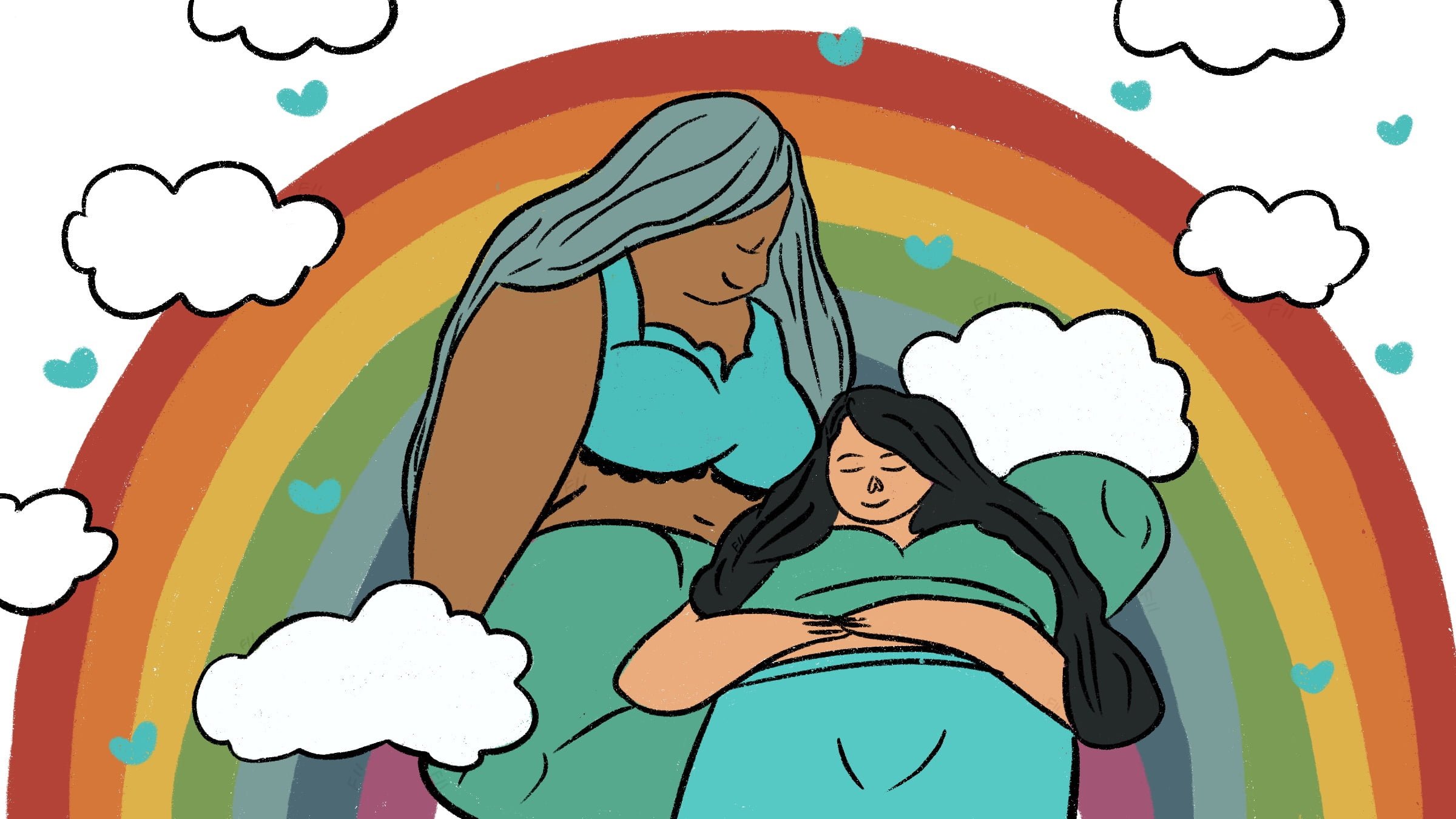
Moreover, as expressed by Karla et al. early Buddhist and Hindu eras engaged with ancient texts like Arthashastra and Kamasutra that display same-sex attraction and behaviour. Karla et al. suggest that pillar caves in Karle during 50-75 CE hold statues of two bare-breasted women embracing each other, similarly, many sculptures and carvings in Khajuraho showcase same-sex behaviour such as mutual fellatio and orgiastic scenes.
Hindu scriptures, as suggested by Srinivasan et al. include numerous stories of trans and nonbinary identities, such as, Amba, who was born as Shikhandini to King Drupada and transitioned to become Shikhandi, Ayappa described as the dual gendered god born through intercourse between Shiva and Vishnu who took the form of Mohini and is worshipped by one of the oldest living transgender communities of India, Hijras, the conferring of the ability to grant boons to transgender individuals in Ramayana by Lord Rama, Arjuna disguising as Brihannala a dance teacher during the Pandavas’ exile in Mahabharata among many more.
Several homo-erotic tendencies within Hindu Scriptures and the lives of many through the history of India, signify the presence of these identities and their sacred value to the Indian society. As detailed by Mehrotra, in Hindu scriptures, King Bhagiratha was born from the union of two women, chapter Purushayita in the Kamasutra mentions Svarini, a woman who engages in sexual activities with other women, and this text recognises eight types of marriages, including gandharva vivah acknowledging gay and lesbian marriage.
Furthermore, exploring through Mehrotra’s argument, the lives of many, including Mughal-era individuals are crucial in the queer history of India
Furthermore, exploring through Mehrotra’s argument, the lives of many, including Mughal-era individuals are crucial in the queer history of India. From Siraj Aurangabadi, who composed a poem Bustani-i-Khayal that speaks about the loss of his beloved male lover, poets using feminine pen names to hide their homosexual desires during the homophobic Victorian rule to Babur in his memoir, Baburnama speaking about his attraction towards a boy, Baburi in Kabul, Mughal history also validates the existence of queer identities within the multicultural Indian society.
These scriptures, identities, depictions and stories assert the presence of sexual fluidity amongst men, women and non-binary folk in Indian society. However, they are predominantly present in mythological narratives, religious texts and vernacular literature, which signifies why Indian society has not come to fully accept their existences and infact still considers their rights as debatable.
Are queer people only a myth?
One way of viewing the present pressing concerns of the inability of the Supreme Court ruling in favour of legalisation of same-sex marriage, barring aside intellectual, cultural and social genocide of queerness through colonialism, could be their presence in literature and mythology. These modes of existences are often conflated as mythical, fictional, or unreal, which explains society’s resistance towards accepting the existences of these folk, instead seeing them as less-real/less-valuable.

This in turn suggests the lack of public-policies providing them with the capability to conduct normal lives, that preserve their rights or provides them with an equitable status. Erasure and existence are not new, however, a question that rises is – if there is vast visibility of queer identities in historical literature – then why do we politicise the same scriptures, disregarding these identities to resist creating policies that promote their upliftment from oppressive coloniality?
Channeling our socio-political-economy in productive manners, we need to employ our history to preserve the beauty of our nation, the diversified livelihoods present within it, through the creation/enactment of public-policies that are pro-humanist and pro-queer.
References:
Agarwal, A. (2023). Marriage Equality at the Doors of the Indian Supreme Court. VerfBlog.
Kalra, G., et. al. (2010). Sexual variation in India: A view from the west. Indian Journal of Psychiatry.
Mehrotra, D. (2021). The pre-colonial history of homosexuality in India: Why love is not western (Part I/III). Lawctopus, Academike. https://www.lawctopus.com/academike/historyof-homosexuality-in-india/
Mehrotra, D. (2021). How British imposed their idea of Sodomy? – History of homosexuality in India (Part II/III). Lawctopus, Academike.
Sharma, D. (2023). Marriage equality eludes same-sex couples in India. The Lancet.
Srinivasan, S. P., et. al. (2020). Transsexualism in Hindu Mythology. Indian Journal of Endocrinology and Metabolism.
Sweet, M. J. and Zwilling, L. (1993). The First Medicalization: The Taxonomy and Etiology of Queerness in Classical Indian Medicine. University of Texas Press.
About the author(s)
Viplav Subramanian (he/they) is a non-binary, queer, South Asian, first generation immigrant in Canada, and an international student at the University of British Columbia’s Gender, Race, Sexuality and Social Justice (GRSJ) Masters Program. Viplav is also a fellow with the Institute of Asian Research (IAR) at the University of British Columbia.
